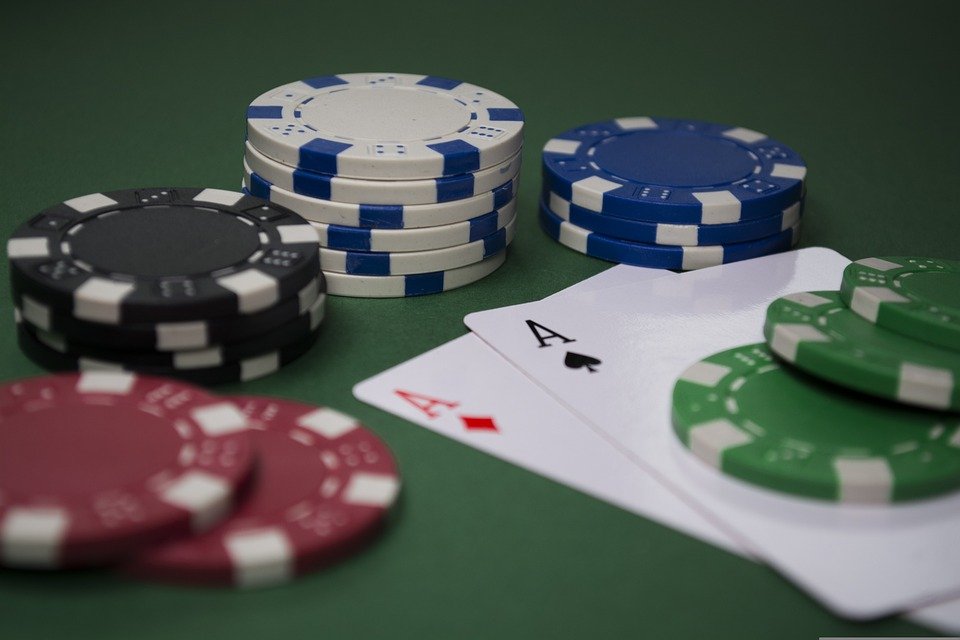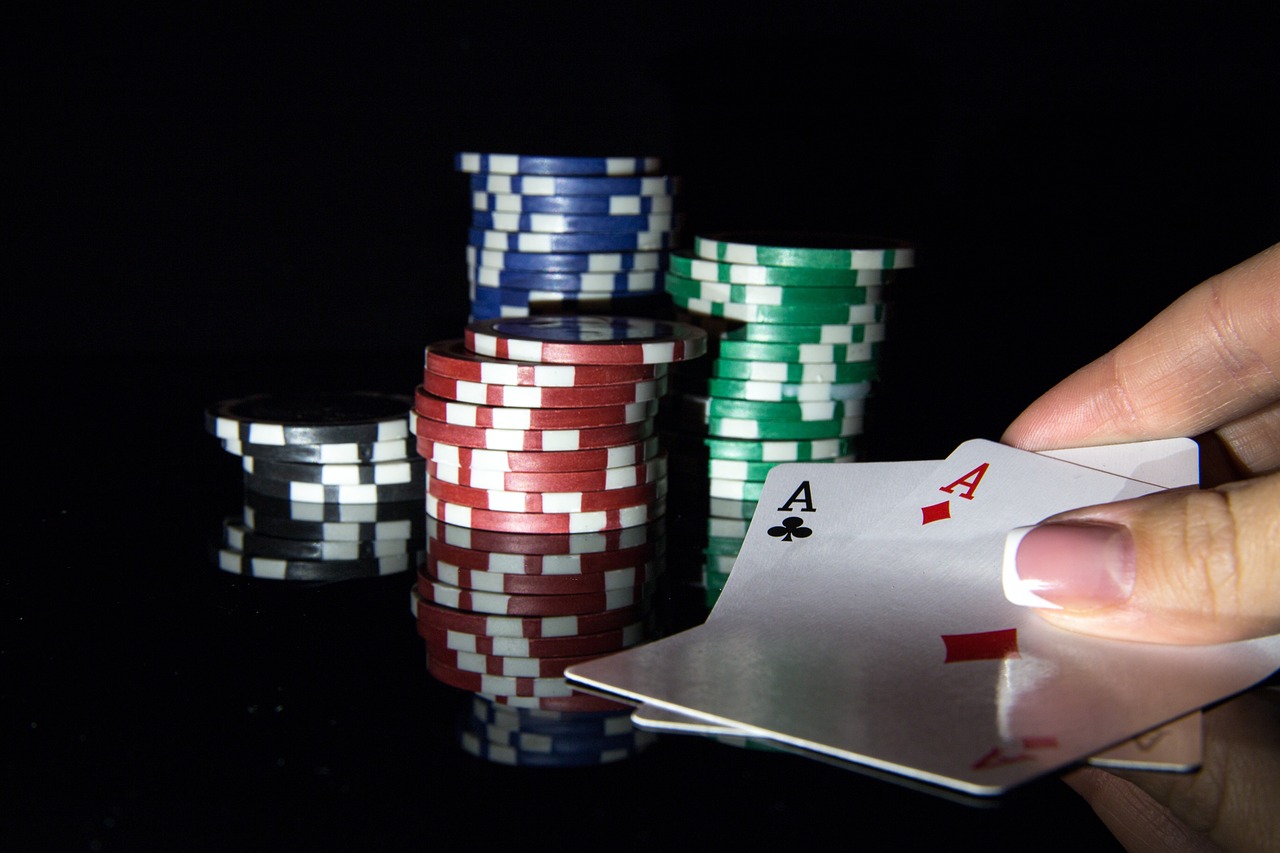Bluffing is a technique used in the game of poker to deceive opponents into thinking that a player has a better hand than they actually do. It is a crucial skill for any poker player to master, as it can help them win hands and ultimately the game. In this article, we will discuss some tips and techniques for successful poker bluffing.
The Art of Bluffing in Poker: How to Fool Your Opponents
Poker is a game of skill, strategy, and deception. One of the most important skills a poker player can possess is the ability to bluff effectively. Bluffing is the act of making your opponents believe that you have a stronger hand than you actually do. It is a crucial part of the game, and mastering the art of bluffing can make the difference between winning and losing.
Bluffing is not just about lying to your opponents. It is about creating a convincing story that makes sense in the context of the game. The key to successful bluffing is to understand your opponents and their tendencies. You need to be able to read their body language, their betting patterns, and their reactions to the cards on the table.
One of the most important things to remember when bluffing is to be consistent. If you are playing a tight game and suddenly start betting aggressively, your opponents will know that something is up. You need to maintain a consistent image throughout the game, so that when you do decide to bluff, it is more believable.
Another important aspect of bluffing is timing. You need to choose the right moment to make your move. Bluffing too early in the game can be risky, as your opponents may not have invested enough in the pot to be convinced to fold. On the other hand, waiting too long can also be a mistake, as your opponents may have already made up their minds about the strength of their hands.
One technique that can be effective when bluffing is to use a semi-bluff. A semi-bluff is when you bet on a hand that has the potential to improve, but is not currently strong enough to win. This can be a powerful tool, as it allows you to build the pot while also giving you a chance to improve your hand.
It is important to remember that bluffing is not always the best strategy. It should be used sparingly, and only when you have a good reason to believe that it will be effective. If you bluff too often, your opponents will catch on and start calling your bluffs more frequently.
Bluffing is an essential part of the game of poker. It requires skill, strategy, and a good understanding of your opponents. To be successful at bluffing, you need to be consistent, choose the right moment to make your move, and use techniques such as semi-bluffing and blocker bets. However, it is important to remember that bluffing should be used sparingly, and only when you have a good reason to believe that it will be effective. With practice and experience, you can become a master of the art of bluffing in poker.
Mastering the Poker Bluff: Tips and Tricks for Success

Poker relies on skill, strategy, and deception. One of the most important skills a poker player can possess is the ability to bluff effectively. Bluffing is the act of making a bet or raise with a weak hand in order to deceive your opponents into thinking you have a stronger hand. It is a powerful tool that can help you win pots you would otherwise lose. However, bluffing is also a risky strategy that can backfire if not executed properly. In this section, we will discuss some tips and techniques for mastering the poker bluff.
The first and most important tip for bluffing in poker is to choose your spots carefully. Bluffing should not be done randomly or haphazardly. Instead, it should be a calculated decision based on the situation at hand. You should only attempt to bluff when you have a good reason to believe that your opponents will fold. This could be because they have shown weakness in their betting or because the board is favorable to your hand. If you attempt to bluff too often, your opponents will catch on and start calling you down with weaker hands.
Another important tip for bluffing in poker is to be aware of your image at the table. Your image is how your opponents perceive you based on your actions and behavior. If you have been playing tight and conservative, your opponents are more likely to believe that you have a strong hand when you make a big bet or raise. On the other hand, if you have been playing loose and aggressive, your opponents may be more likely to call your bluff. It is important to be aware of your image and adjust your bluffing strategy accordingly.
One technique for bluffing in poker is the semi-bluff. A semi-bluff is when you make a bet or raise with a hand that is not yet strong enough to win the pot, but has the potential to improve on future streets. For example, if you have a flush draw on the flop, you can make a bet or raise to try to win the pot immediately. If your opponents fold, you win the pot without having to make your flush. If your opponents call, you still have a chance to make your flush on the turn or river. Semi-bluffing is a powerful technique because it gives you two ways to win the pot.
Another technique for bluffing in poker is the continuation bet. A continuation bet is when you make a bet on the flop after raising pre-flop, regardless of whether or not you hit the flop. This is a common strategy because it puts pressure on your opponents and makes it difficult for them to continue playing the hand. However, it is important to be aware of the board texture and your opponents’ tendencies before making a continuation bet. If the board is very coordinated or your opponents are likely to call with a wide range of hands, a continuation bet may not be effective.
Bluffing is an essential skill for any poker player. However, it is important to use it wisely and strategically. Choose your spots carefully, be aware of your image at the table, and use techniques like the semi-bluff and continuation bet to maximize your chances of success. Remember, bluffing is a risky strategy that can backfire if not executed properly. Use these tips and techniques to master the poker bluff and take your game to the next level.
The Psychology of Bluffing in Poker: Understanding Your Opponent’s Mindset
The psychology of bluffing in poker is complex. It involves understanding your opponent’s thought process and using that knowledge to your advantage. The first step in bluffing is to identify your opponent’s playing style. Is he a tight player who only plays premium hands? Or is he a loose player who plays a wide range of hands? Once you have identified your opponent’s playing style, you can start to formulate a plan.
The next step is to observe your opponent’s behavior. Does he seem nervous or confident? Is he talking a lot or remaining silent? These are all clues that can help you determine whether or not your opponent is likely to call your bluff. If your opponent seems nervous or unsure, he may be more likely to fold. On the other hand, if he seems confident, he may be more likely to call.
Another important factor to consider is your opponent’s position at the table. If your opponent is in an early position, he may be more likely to fold because he has less information about the other players’ hands. However, if your opponent is in a late position, he may be more likely to call because he has more information about the other players’ hands.
Once you have gathered all of this information, you can start to formulate your bluffing strategy. The key to successful bluffing is to make your opponent believe that you have a better hand than you actually do. This can be achieved through a variety of techniques, such as betting aggressively, acting confidently, and using body language to your advantage.
The psychology of bluffing in poker is a complex and important aspect of the game. It requires a deep understanding of your opponent’s mindset and a mastery of the art of deception. By identifying your opponent’s playing style, observing his behavior, and considering his position at the table, you can formulate a successful bluffing strategy. However, it is important to remember that bluffing should only be used in certain situations and should not be relied on too heavily. With practice and experience, you can become a master of the art of bluffing and take your poker game to the next level.
Bluffing in Poker: When to Use It and When to Avoid It
One of the most important skills a poker player can possess is the ability to bluff. Bluffing is the act of making a bet or raise with a weak hand in order to deceive your opponents into thinking you have a stronger hand. However, bluffing is not always the best strategy and can often lead to costly mistakes. Here, we will discuss when to use bluffing in poker and when to avoid it.
Bluffing can be a powerful tool in poker, but it should only be used in certain situations. The first thing to consider is your position at the table. Bluffing from early position is generally not recommended as you have not seen how your opponents will act. Bluffing from late position, on the other hand, can be more effective as you have more information about your opponents’ hands.
Another factor to consider is the size of the pot. Bluffing in a small pot is not worth the risk as the potential reward is not significant. Bluffing in a large pot, however, can be a smart move as the potential reward is much greater.
It is also important to consider your opponents’ playing styles. Bluffing against tight players who only play strong hands is more likely to be successful. Bluffing against loose players who play a wide range of hands is ineffective as they are less likely to fold to a strong bet.
While bluffing can be a powerful tool, it is important to know when to avoid it. Bluffing should never be used as a default strategy. If you find yourself bluffing too often, your opponents will catch on and you will lose credibility. Bluffing should also be avoided when playing against experienced players who are more likely to see through your deception.
Another situation where bluffing should be avoided is when you are on a losing streak. Bluffing can be tempting when you are down on chips, but it is important to remember that a successful bluff requires confidence and a strong read on your opponents. If you are not feeling confident, it is better to wait for a strong hand rather than risk losing more chips on a failed bluff.
In conclusion, bluffing can be a powerful tool in poker. To bluff successfully, you need to understand your opponents’ playing styles, be aware of your own table image, and use your body language to your advantage. However, bluffing should be used sparingly and strategically, as overuse can lead to predictable patterns and ultimately, losses. With practice and experience, you can become a skilled bluffer and increase your chances of winning at the poker table.


